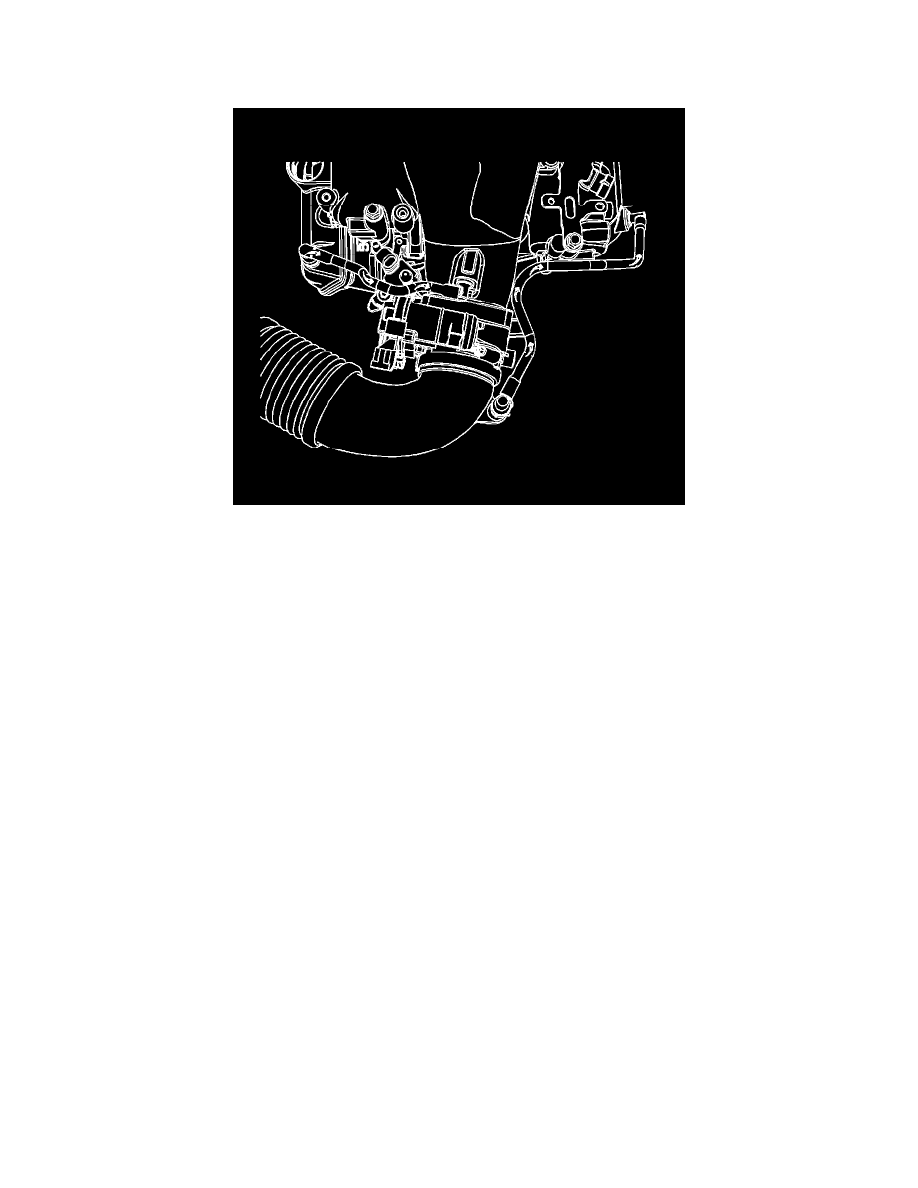Malibu V6-3.9L (2007)

Positive Crankcase Ventilation: Description and Operation
Crankcase Ventilation System Description
A close crankcase ventilation system is used in order to provide a more complete scavenging of the crankcase vapors. Fresh air from the throttle body is
supplied to the crankcase, mixed with blow-by gases, and then passed through a crankcase ventilation valve into the intake manifold.
The primary control is through the crankcase ventilation valve which meters the flow at a rate depending on manifold vacuum. To maintain idle quality,
the crankcase ventilation valve restricts the flow when intake manifold vacuum is high. If abnormal operating conditions arise, the system is designed to
allow excessive amounts of blow-by gases to back flow through the crankcase vent tube into the engine air inlet to be consumed by normal combustion.
Filtered fresh air is routed from upstream of the throttle blade to the front of the right rocker arm cover via a formed nylon tube. To reduce the potential
of oil pullover into the throttle bore area due the back flow of the ventilation system, the fitting in the right rocker arm cover is shielded from the rocker
arms. From there, fresh air and gases are routed through the crankcase and up to the opposite rocker arm cover where the positive crankcase ventilation
(PCV) valve is located. Gases are then routed through a formed nylon tube to the intake manifold.
